In days gone by, wild foods were a staple diet necessary for human health and survival. Full of natural medicinal benefits, wild foods saved lives in times of famine, war and ill health. It’s programmed deep within our DNA to seek natural food in the wild, so I can’t get enough of it. My passion has inspired me to create this helpful foraging guide for beginners. Ideal if you are curious and want to know where to start.
It feels fair to say that in today’s world, most of us have become a little bit removed from nature. As intensive farming methods and consumerism have flourished, our general attunement to (and knowledge of) nature has dwindled. Increasing food prices, uncertain times of global change and decreasing food availability have invited us all to contemplate alternative ways of finding food by foraging. Others simply recognise that eating wild plant food is an excellent way to support health, whilst reconnecting with nature. Foraging for wild foods can help foster a much more sustainable way of life. Wild foods require no packaging and don’t cause pollution. Additionally, they don’t need the harmful, man-made chemicals that seem to be endemic in today’s world.
Nature’s superfood on your doorstep
Wild foraged plants are very nutritious
Most, if not all, wild edible foods are packed full of vitamins and minerals outranking cultivated varieties of fruit and vegetables by a long stretch. It’s funny that we often pay a high price for vitamins, minerals and superfoods from around the world, yet most of us don’t realise that nature’s superfood is brimming on our doorstep without ever having to spend a penny. People often find that they need to consume much smaller amounts of wild food than they would compare to regular commercially grown alternatives. One reason for this is the fact that the nutritional content is so high.
How to forage plants in your local area?
I’ve posted information about 12 of my favourite foraged foods below. If you are about to start foraging for the first time, I would highly recommend finding a good book on the subject, or if possible attending a local workshop or course. Guidance from a local foraging enthusiast can show you a myriad of delicious free goodies in your own area. Make sure you know what you are eating and if in doubt, don’t eat it. Whilst there are so many amazing foods in nature well worth our respectful attention, there are also poisonous plants out there. Plenty of species are familiar to most of us, such as nettles, blackberries and dandelions – these are a great place to start.
There is also a wide variety of flavours to excite the taste buds. The important thing is to explore. Some foods are better eaten raw, whilst others bring out the gourmet element when cooked as part of a dish.
How to forage safely
It’s all about common sense. I recommend the following guidelines when foraging:
- If in doubt don’t eat it.
- Avoid picking food from near a road or that which is on the ground using pesticides or chemicals.
- Plants at ground level by the side of the path are also best left alone. This is especially important if dogs are known to walk in the area.
- Avoid foraging from places where it may be possible that weed-controlling chemicals may have been used.
How to forage sustainably
- Only pick the species that are growing in abundance and only the amount that you require. Foraging isn’t sustainable when people start stripping areas bare. Different countries have their own foraging laws, if this concerns you, then do a web search for your own area. In the UK for example, the 1981 Wildlife and Countryside Act determined it illegal to uproot any wild plant without permission from the owner of the land. They also decided it is illegal to pick, uproot, collect the seed from, or sell any particularly rare or vulnerable species.
- Don’t destroy the surrounding species or disturb the homes/nests of any animals.
The Woodland Trust UK has got more guidelines for sustainable foraging here:
Responsible foraging guidelines
And the BBC Wildlife Magazine team has got this helpful article here:
Expert guide to sustainable foraging
Foraging guide for beginners: 12 wild foods
I’ve drawn up a list of 12 foods that are easy to recognise and harvest. Bear in mind that these are found in abundance in temperate climates, especially in my own country Britain. If you live in the tropics and sub-tropics, then you have access to a whole different type of fruits and leaves.
Dandelions
DANDELIONS (Taraxacum) are amazing wildflowers of which every part is edible. They generally have a bitter taste. The leaves are best eaten raw when young, although cooking does generally remove that bitterness. You can eat the roots too. The roots are most commonly dried and ground, which makes an excellent, convincing coffee substitute. Dandelions offer an abundance of nutrients, especially vitamins A, K, C & E and the minerals calcium, iron and manganese. Medicinally, dandelions are known to act as a diuretic, helping with liver, urinary and kidney disorders. It’s an excellent tonic and the dried leaves make an excellent all-year-round tea infusion. For more information on dandelions, be sure to check out my article here:
“All about dandelions and their health benefits“.

Sorrel
SORREL (Rumex family) is a wild plant that can be foraged readily in temperate zones. It has a tart, lemony flavour and is a much-welcomed source of vitamin C and iron. It is said to be a common ingredient in dishes in Romania, Russia and Hungary, featuring in salads, stews and soups. When eaten raw, moderation is best, due to the high levels of oxalic acid (a natural substance common in many greens).
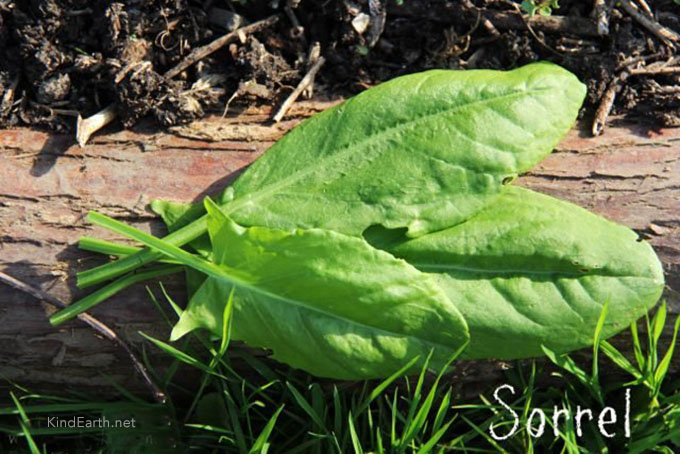
Wild garlic
WILD GARLIC (Ramsons – Allium ursinum) is a springtime foraging speciality in Europe and Asia. This is a welcome addition to the salad table at a time of year when other greens are often lacking. The wild garlic I am talking about here is Allium ursinum also known as ‘ramsons’. I use the leaves in abundance, making wild garlic pesto and adding them to salad, soups and other dishes. The white pretty flowers and bulbs are also edible. There are other related Allium varieties well worth checking out, such as Allium vineale (known as “crow garlic”) more commonly found in North America and Australia or three-cornered leek (Allium triquetrum) with its triangular stems and white bell flowers, commonly found in the South-West of England.
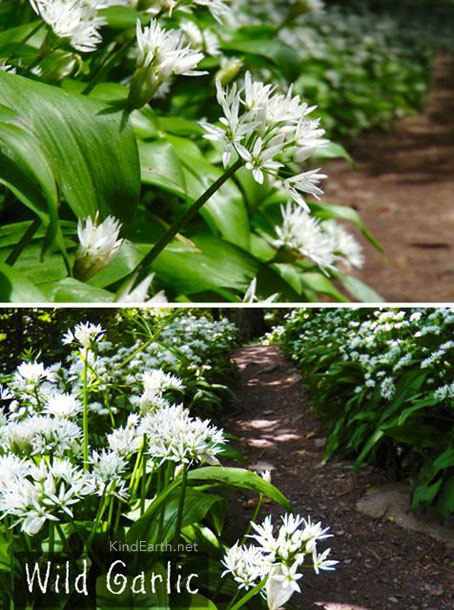
Check out this absolutely delicious way to use wild garlic in a salad here:
Wild Garlic & Beetroot Spring Salad with Hemp Dressing
Good king Henry
GOOD KING HENRY (Blitum bonus-henricus) is an amazing wild food that has fallen of the radar for most health enthusiasts. It used to be grown as a vegetable in cottage gardens, although you are much more likely to find it growing in the wild as a ‘weed’ these days. You can cut the shoots off and use them like asparagus. The leaves make a great addition to a salad or substitute for spinach. The one thing I absolutely love about Good King Henry, is that you can harvest the seeds just like you can with quinoa, providing a highly nutritious source of protein goodness. Simply soak them over night, then rinse and remove the saponins to use like you would quinoa.
Hawthorn
HAWTHORN leaves are edible when they first start growing in the spring, becoming woodier and less palatable as they mature. I love munching freshly foraged hawthorn leaves on my walks in the country lanes in Britain. A word of caution about hawthorn berries though… be careful! The berries are commonly used to make jelly due to their high pectin content. HOWEVER, DO NOT EAT THE SEEDS! The seeds contain cyanide (as do quite a few fruits, that we don’t generally consume the seeds for, like apples, peaches and apricots). I avoid the berries for this reason unless I am certain that I can remove the seeds effectively with a fine sieve.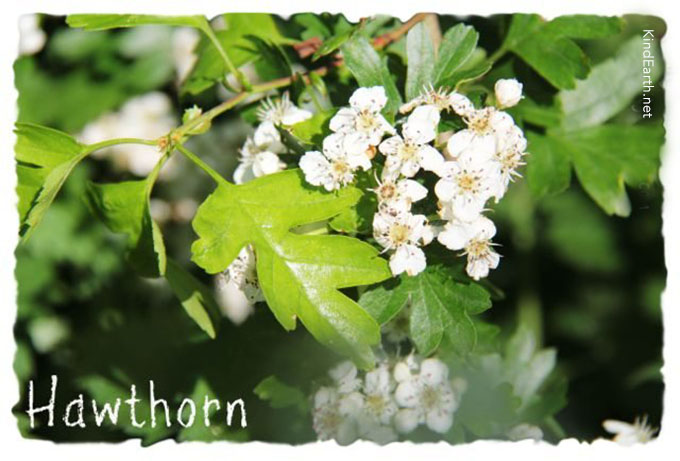
Chickweed
CHICKWEED (Stellaria media) This plentiful little superstar seems to make itself at home wherever it can. The tender, little tear-shaped leaves usually grow all year round and make a nice vibrant, grassy-tasting addition to raw salad. It’s an effective topical remedy for itchy skin including insect bites. Chickweed also has a good reputation for soothing inflamed membranes in the throat, lungs, stomach etc. The spring and summer bring out adorable little star-shaped white flowers. These too are edible. For information on how to identify chickweed click here: How to identify chickweed
Burdock
BURDOCK (Arctium) used to be a common food in the olden days, although it has fallen off the culinary landscape as interest in mass cultivated plant foods has grown. This is a massive plant that can be found growing wild in many parts of the world. I often see it growing in the country lanes here in the UK. If you enjoy hiking in the countryside, then you might recognise burdock through the velcro-like burrs (ball-type seed pods) that stick to your clothes. The seeds are said to contain very beneficial medicinal properties and have an excellent reputation among herbalists as a blood purifier with diuretic abilities. Burdock is also said to help relieve swelling, arthritis, snake bites, heavy metal poisoning and major skin problems. The roots are thick and carrot-like (also known as ‘gobo’ in Japan) and can be used as a root vegetable.
Elderflowers
ELDERFLOWERS (from the Sambucus nigra tree) shower us with a refreshingly gentle, fragrant scent from late spring for a few weeks. The flowers make a great herb tea or elderflower cordial. Elderflower is a good remedy for catarrh inflammations such as hayfever, sinusitis and coughs. I used one summer, infused in hot water as a tea after suddenly developing hayfever-type symptoms and watery eyes. It worked with good effect. Elderflowers also have pleasantly relaxing properties, which make them a good choice if you are stressed.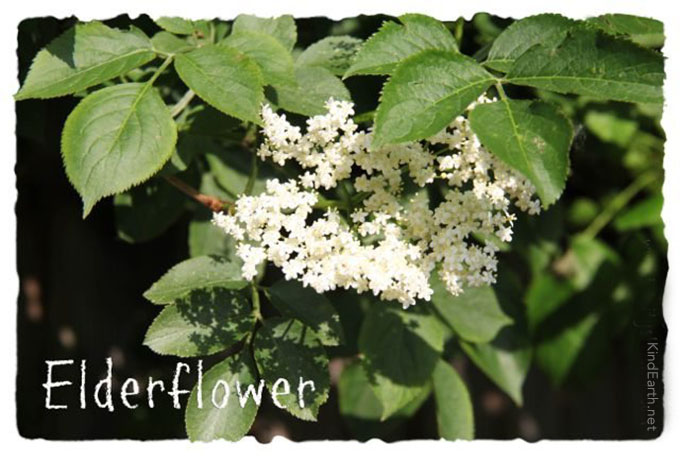
Elderberries
ELDERBERRIES (from the Sambucus nigra tree) vary in taste from place to place and make a frequent appearance in jellies and wine. They adorn Elder trees after flowering. It is important to note that whilst the berry pulp and skin are edible, the seeds in the berries are poisonous. So care must be taken to thoroughly sieve them out before using. They are high in vitamin C and are an invaluable resource for any discerning forager.
Yarrow
YARROW (Achillea millefolium) is a small feathery plant that grows little white flowers. It is found just about everywhere in the Northern Hemisphere. It was traditionally used as a wound healing herb, given its effectiveness at clotting blood. This is worth remembering if you are out hiking and cut yourself. Simply chew or crush the leaves first to release their healing, astringent properties before applying. Yarrow is also used by herbalists to lower blood pressure after a heart attack or stroke or to lower a fever. The leaves make a nice addition to salads and soups.

Blackberries and bramble
BLACKBERRIES & BRAMBLE (Rubus fruticosus) Nearly everyone I know in Britain has fond childhood memories of deep red stained hands; those ‘comes-with-the-territory’ prickles; and a nice pot full of juicy foraged fruits to take home for blackberry crumble. Most of us have foraged at least something, at one point… and for many people, blackberries are it. Sporting an amazing harvest later in the summer, they are exceptionally high in vitamin C, K and the mineral manganese. Blackberries work wonders in a fruit pie or in a smoothie, yet nothing beats eating them fresh off the bush. Much less talked about are the bramble leaves. The fresh younger shoots make a nice addition to a salad. One of my favourite ingredients for smoothies, when in season. Perhaps my favourite addition to this foraging guide for beginners.
Blackberries also make an excellent fruit crumble: Blackberry & Apple Crumble Recipe
Stinging nettles
STINGING NETTLE (Urtica dioica) makes an excellent spinach-like and mineral-rich vegetable with copious amounts of calcium, manganese, magnesium and iron. This is nature’s superfood at its finest. For that reason, I am sure to include nettles regularly in my diet between April and September every year. Harvest the young, fresh leaves using gloves. Soaking in water or cooking rapidly denatures the sting, making them easily edible either raw or cooked. Nettles have an impressive list of useful benefits but are perhaps best known for their ability to cleanse toxins from the blood and clearing the body of uric acid. They also have a good reputation for reducing arthritic and joint pain and alleviating allergy symptoms. Apart from all that, nettle makes a highly nutritious compost activator. It can also be used for making rope, sacking and even clothing.
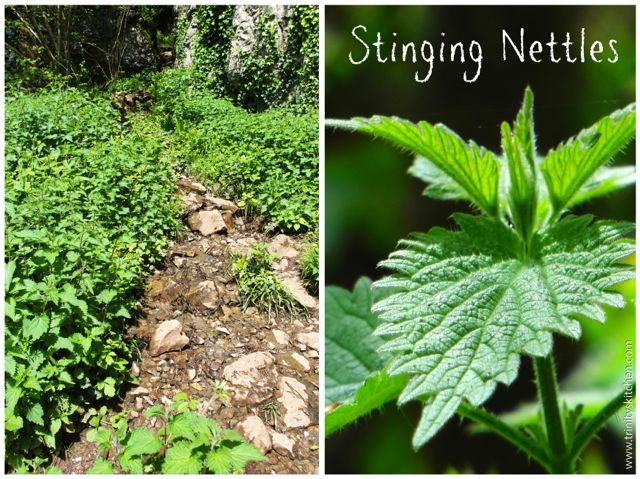
Nettle Recipe
For a delicious and highly nutritious wild nettle soup recipe click here:
Delicious Minted Nettle & Pea Soup Recipe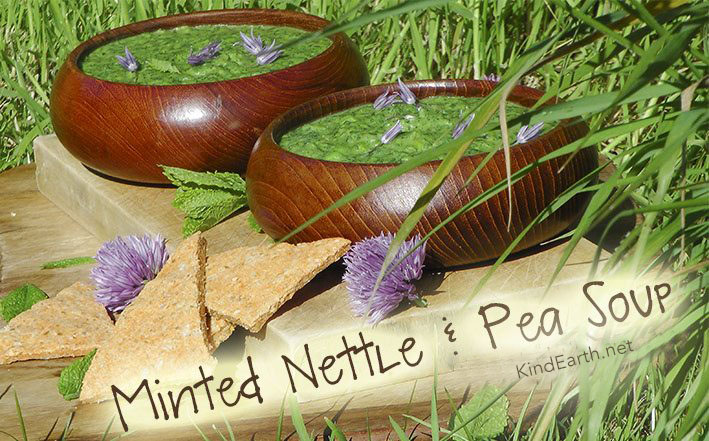
Food for Free – an excellent pocket book that I recommend
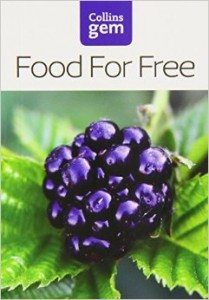 “Food For Free” by Richard Mabey
“Food For Free” by Richard Mabey
This is the perfect pocket guide for aspiring foragers. I’ve used it myself for years!
Over 100 edible plants are listed, fully illustrated and described, together with recipes and other fascinating details on their use throughout the ages. I’ve referred to this book so many times over the years. Wild plant-based food is natures superfood and well worth adding to your culinary creations.
A guide like this can make it a an absolute joy!
(Buy US)Food For Free (Collins Gem)
(Buy UK)Food For Free (Collins Gem)
Enjoy and Embrace Mother Nature’s Gifts
Embracing what is given to us in nature, with sensitivity and respect, feels like an important step to take. I do hope that you have as much foraging fun as I do.
Anastasia
x
Pin foraging guide for beginners for later…
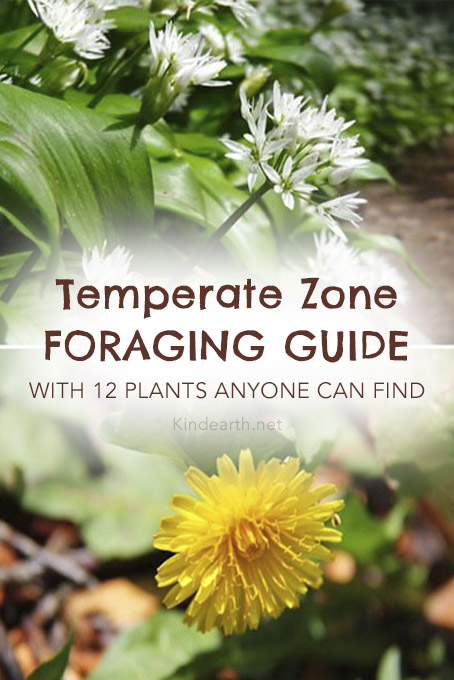
[/fusion_text][/fusion_builder_column][/fusion_builder_row][/fusion_builder_container]

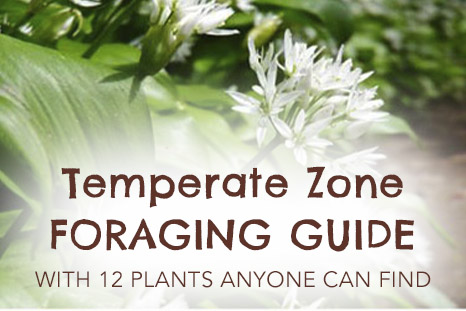
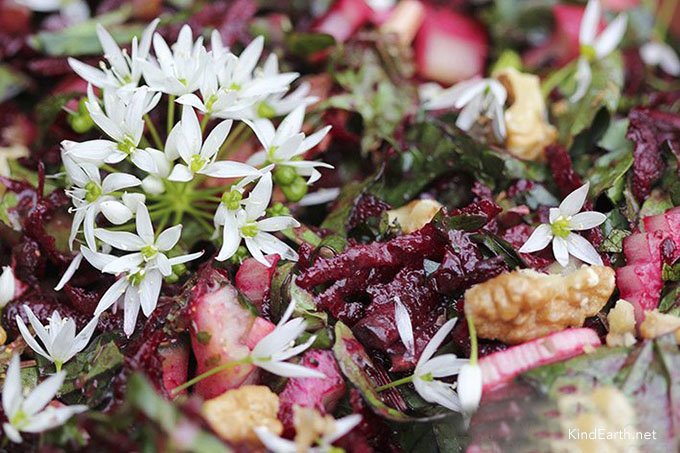
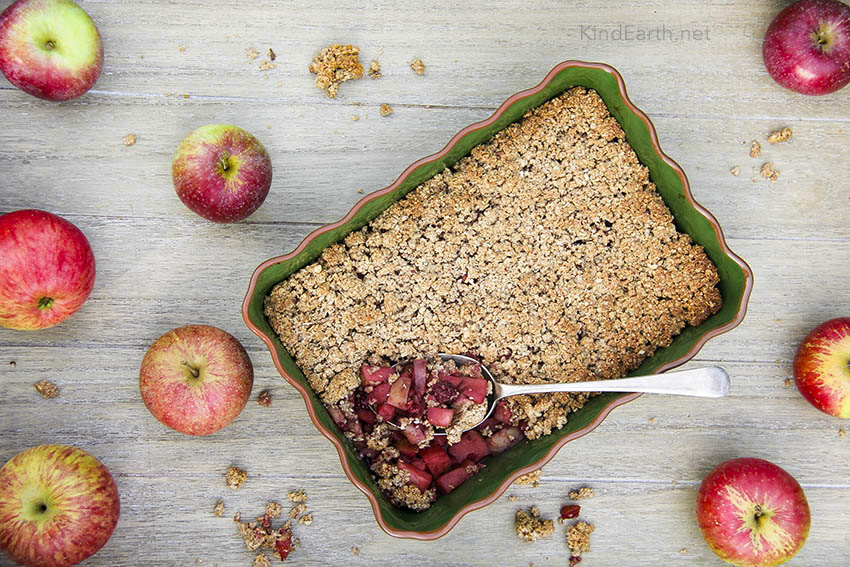
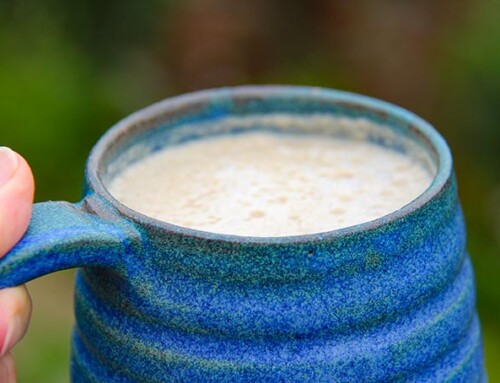
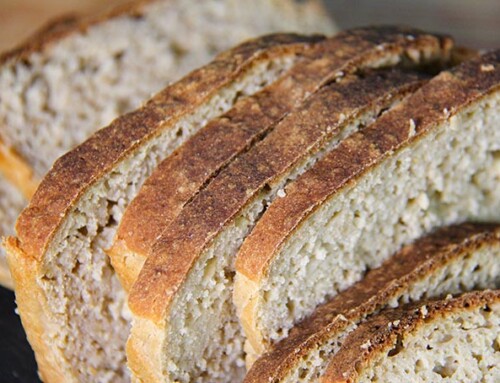

Hello,
Just wanted to know if you did any day or weekend workshops.
Kindest Regards
Kerry
Hi Kerry,
Thanks for tuning in. Unfortunately I don’t currently run workshops on foraging.
I wish you all the best on your foraging journey and hope you find what you need.
Trinity
You mention oxalic acid being in sorrel, but the sorrel you have featured is common sorrel, Rumex acetosa.This plant is completely unrelated to Wood sorrel, Oxalis acetosella, which is also an edible plant and is the one that contains oxalic acid!
I am pretty sure common sorrel also has oxalic acid in it – but happy to be shown otherwise if that’s true.
Hi keery tbanks but you ccan use howthorn berries. In england we make jams from them.
You boil up seeds and all. Make the syrup. Red mix. Then use cloth to hang and strain. Over a bowl. Overnight. It will drip through. Taking out the harmful seeds.
Then you make a jam from the liquid. Making sure you boil very high temperature. Hawthorn jam is delicious of bread for a breakfast treat.
Please try hawthorn jam. You can find recipes online. Soooo good and not dangerous if strained.
This kinda helped, more facts for children in it.